The Book – The Purpose – The Goal
I want to use my personalized learning network (PLN) to create, publish, and promote a self-help book. Through looking at the different themes learned in class, reflecting on personal experiences, and discussing current mental health care and services, I hope to provide a useful discussion of how I would build and use my PLN. I also want to examine the impact of Covid-19 on individual’s PLNs and how it may impact my goal of creating, publishing, and promoting a self-help book.
The Creation of my PLN
Now at this point in my life, I have already developed a digital identity and begun my personalized learning network. When thinking of creating a self-help book, I would first want to change my digital identify and PLN to gear more towards a professional aspect, opposed to a personal aspect.
I would first start by making sure my personal digital identity is acceptable. Eric Stoller (2016) stated that everything you post online stays online, and that it leaves a digital footprint. I do recall watching a presentation in high school that taught us this concept as well, so for as long as I can remember, I have been incredibly aware of what I put online. After insuring my personal digital identity is acceptable, I would begin creating professional social media accounts on Twitter, Facebook, Instagram, and LinkedIn. From there, I would begin networking via social media. I would follow and begin interacting with individuals in the psychology field, the mental health field, the health care system, and individuals who may be interested in self-help. I want to start and have conversations with individual’s all over the world who come from different countries, cultures, of different ethnicity’s, ages, genders, and people who have had different experiences than I have. As a university student, I would also reach out to my professors, specifically the ones who teach my psychology classes. By doing all of this, I am hoping to create and maintain relationships with my target audience and colleagues.
Along with creating relationships with other individuals, I would want to use my social media platforms to post information regarding our mental health care system and services. For example, I would post information from Island Health’s website regarding mental health and substance use services (https://www.islandhealth.ca/our-services/mental-health-substance-use-services). This would start by bringing awareness to the topic, as well as allowing conversations to start. I would hope and encourage others from all over the world to share their own mental health services, as the link and resources I am referencing about is specifically for Vancouver Island.
The Impact of Covid-19
In regard to Covid-19, I believe it is incredibly important to discuss how mental health services have changed over the course of the last two years. Personally, counseling is something I have taken part in over the last few years, and the switch from in-person to online was daunting. I would absolutely love to share my personal experience via social media to bring awareness to others, and hopefully demonstrate that they are not alone. As well, I do believe that Covid-19 would impact the development of my PLN. It is more difficult to meet others face-to-face, as everything is happening via social media. This has its positives and negatives though. On a positive note, it allows for more connections all over the world, but on a negative note, it prevents any face-to-face interactions from occurring. As well, I am sure the process for publishing a book may be a bit longer, as everything seems to be a bit slower these days due to Covid-19! With regards to promoting my book, I may not be able to do so on the side of the street or in a mall, because of Covid-19. But, I can still promote it online, and do interviews and advertisements via Zoom.
Creating a Difference Between my Personal Digital Identity and my Professional Digital Identity
As discussed through our EDCI 338 course, it is important to create and maintain a difference between one’s personal digital identity and one’s professional digital identity. Using a V&R map would allow me to identify the difference between my two identities, as well as continue to keep them separate. OCLC Research (2021) describes V&R maps as digital visitors and residents “maps” that represent an individual’s use of social media for personal and professional matters. Personal being represented by the residents side, and professional being represented by the visitors side. In regard to starting my professional PLN in preparation to create, publish, and promote a book, my V&R map would look something like the following:
Twitter, Instagram, Facebook, and WordPress would all be resident and institutional, as it has to do with my personal self as well as my work self. Spotify, Netflix, and Snapchat would all be resident and personal as they are apps that I do not necessarily share with others. Google and YouTube would be visitor, but also a bit of personal and institutional as I would use it for my work as well. Another app that I did not add to my V&R map but would be incredibly useful in expanding my PLN would be LinkedIn. LinkedIn is quite popular and would be added where my Twitter, Instagram, etc., are. Again, it is important through both my personal and professional digital identity, that whatever I post on social media can be tracked back to me. This can be extremely important in regard to thinking of publishing a book, as once my name is out there, people will be interested in who I am and will do their research on me. If there is any dirt to dig up, they will be able to do so!
Diversity and Inclusion
The final goal for me, professionally, would be that my PLN be entirely diverse and inclusive. Although it would be important for me to make sure my own voice and opinions are heard, I think it would be even more important to sit back and listen at times. I would want to gain insight from others in hopes that it will impact my own views and skills. I would want my PLN to be diverse because it would allow people who come from different countries, cultures, of different ethnicity’s, ages, genders, and people who have had different experiences than I have, to come together and not only support one another, but learn from each other. I would want to keep an open mind during the development of my PLN and allow myself to constantly be learning new information.
I feel as though one of the most important things I have learned throughout this course came from the course interview with Shelly Moore (2021). When she discussed the idea of inclusion, and how one of her students in her class, pointed out that the “bubble” diagram was not actually a good representation of inclusion. I truly want to spread this message throughout the world, and I would want to do that through my social media platforms! Specifically, I would want to discuss Canada’s health care system and how it can be non-inclusive of certain individuals. Regarding physical health for example, individuals who have diabetes are expected to pay for their life-saving insulin every month. That is just one example of how our health care system can be non-inclusive. A personal example I have is in regard to mental health. I had a friend who struggled with his mental health and needed help. I reached out to a school counsellor at the time, and they told me that he seemed “too happy” to be depressed! What does that even mean! Anyways, it is just another example of how our mental health care system can be a little messed up.
I would want to tweet, retweet, and post about Shelly Moore on my social media platforms, in hopes that others can see her as a resource. Hopefully, when I have developed my PLN more, I could do an interview with Shelly to hopefully use in my book regarding inclusiveness.
Personal Risks and Benefits of Being in the Social Eye
With regards to personal risks and benefits of being in the social eye, I want to discuss the course interview with Jody Vance (2021). Jody mentions that the biggest benefit of engaging with a public audience in a media space is creating connections with others. I would hope, that through my PLN, I will be able to create valuable connections with my target audience and colleagues, and I would hope that I can continue to create connections even after my book is published. Jody discusses the fact that future employers often reach out to you via social media and that could provide me with opportunities to discuss my book in interviews, and further promote it in the public eye.
A risk of being in the social eye would be the idea of oversharing, or the fact that anything I post would be on the internet forever. I feel as though as long as I am aware and careful, I can avoid oversharing. In a book by Martin Hirst (2019), the idea of publishers is discussed. It may be a good idea for me to hire a publisher, to edit and make sure my posts are acceptable as my PLN expands.
Another risk of being in the social eye would be the exposure to negative replies and critiques, as well as how I respond to them. Once I publish my self-help book and am continuing to promote it, I do expect there to be negative replies and critiques. As Jody Vance (2021) states, every individual with a PLN should prepare themselves for criticisms. I would want to remain kind and respectful to every individual, even those who supply negative replies and critiques. If someone provided me with critiques, I would want to take them into perspective!
Believing in Myself and my Abilities
Since watching the course interview with Mo Amir (2021), I have become and remained inspired. Mo began a podcast in 2018 as a hobby, with no intention of becoming big and popular. Mo states that since the start of his podcast, he has sworn to only discuss topics and information that is important to him. That way, he can resonate with it and ensure he is providing the best of his knowledge. This resonates with me! When making connections, writing my book, and promoting my book, I want to make sure I am focusing on topics and information that is important to me. For example, mindfulness grounding techniques are something that has changed my life, and I want to write about them in my book in hopes that it will bring awareness and support to others. Mo started from the bottom, having no PLN and just beginning a podcast as a hobby, and eventually he made it into the top 20 charts of political podcasts. He stated in the interview that it only took on big guest start on his podcast to grab the attention of viewers and other colleagues. This led to other guest stars and more views. This is inspiring to me. I hope I can interview individual’s that are important to me and can provide information regarding the self-help topics in my book. An example I have is one of my professors at the university I attend. She is a psychologist as well as a professor at the university. She discusses topics regarding health psychology and more specifically, mental health. It would be important to me to talk to her, run ideas off of her, and possibly interview her with regards to information for my book.
Themes of PLN
There are many different themes regarding PLNs. In the course interview with Brad Baker (2021), Brad discussed his take on the benefits of PLNs. Brad mentions five different themes throughout individual’s PLNs that are beneficial to society. These five themes include using our PLN to use your voice, to hear other’s voices, to be used as a support system, to be used for individuals to become positive contributors to society, and to be used for allowing real stories to be told. These are all themes that I would want my PLN to contribute to. I want to use my voice to discuss my knowledge around self-help and promote my book. I would want to hear other’s voices in regard to writing my book and learning new information regarding self-help. I also want my PLN to be used a support system. I want others to get something out of my book, and hopefully something that can help them cope with everyday struggles. I also want my PLN to allow me to become a positive contributor to society. I want my book to provide resources and I want my book to help people. I want to be an individual that somebody looks up to and is inspired by. Finally, I want my PLN to allow real stories to be told. I want my book to contain real people’s real life stories. Stories that individuals can relate to, so they do not feel as alone. I want to share these stories via my PLN when promoting my book.
Reliable Sources and Media Literacy
I believe one of the most important aspects of having a PLN is having and providing reliable and verifiable resources. As someone who is first starting out, I would want to follow, comment, and share individual’s posts. It is important that I make sure these individual’s posts, content, and information are reliable and verifiable. As well, when I post my own information, I must make sure it is coming from a place of reliability, not just opinion.
Media literacy is a term used to help determine reliable sources throughout the media. Tilling & Fadel (2009) describe media literacy as being the medium of delivering messages, how these messages are crafter, and how the message impacts the media. It is important to note that these messages can come from literally anywhere. In the course interview with Julie Smith (2021), Julie discusses just how important it is to question everything that is produced on the media. In regard to my own PLN, I want to make sure that my information is coming from reliable sources, and that people are aware of that. I believe it is also crucial to make sure that the information I am obtaining, through my social media platforms, are reliable and verifiable as well. A good example of this is the idea that I am getting information regarding self-help from a research article opposed to the “Globe and Mail.” If my audience and colleagues know I am getting my information from an article in a well-known journal, they know they can rely on the information. If I was getting my information from the Globe and Mail, they might think differently.
Conclusion
I believe the most important aspects of using my PLN to create, publish, and promote my book is to create meaningful, long-lasting relationships with colleagues, as well as always making sure I have and am exhibiting reliable resources. I want to make sure the information I am receiving, as well as the information I am putting into my book, is valid, acceptable, and reliable. I also want to make sure I am creating connections all over the world to learn as much information as I possibly can. I want to be able to talk with people from different countries, cultures, of different ethnicity’s, ages, genders, and people who have had different experiences than I have, to allow us to come together and not only support one another but learn from each other. Connections are so incredibly important and when using my PLN, I want to make that known.
References:
Hirst, M. Navigating Social Journalism. New York, Taylor & Francis, 2019.
“Tools – Digital Visitors and Residents Mapping App: OCLC Research.” OCLC, https://www.oclc.org/research/areas/user-studies/vandr/tools.html
Miller, J. [MILLER]. (2021, May 30). EDCI 338 – 20 minutes Moore [Video]. YouTube. https://www.youtube.com/watch?v=KeSV0rUl1bA
Miller, J. [MILLER]. (2021, June 6). EDCI 338 – Media literacy with Julie Smith [Video]. YouTube. https://www.youtube.com/watch?v=57r3-aEnci0
Miller, J. [MILLER]. (2021. June 6). Jody Vance – Media voices [Video]. YouTube. https://www.youtube.com/watch?v=E-NnpQJdl0
Miller, J. [MILLER]. (2021, June 10). Brad Baker EDCI 338 [Video]. YouTube. https://www.youtube.com/watch?v=C5z8iHxW2n4
Miller, J. [MILLER]. (2021, October 24). EDCI Podcast – 2021-10-24 Mo Amir [Video]. YouTube. https://www.youtube.com/watch?v=LgoDet6pwaI
Stoller, E. [University of Derby]. (2016, November 25). What is digital identity? [Video]. YouTube. https://www.youtube.com/watch?v=u0RryRbJza0
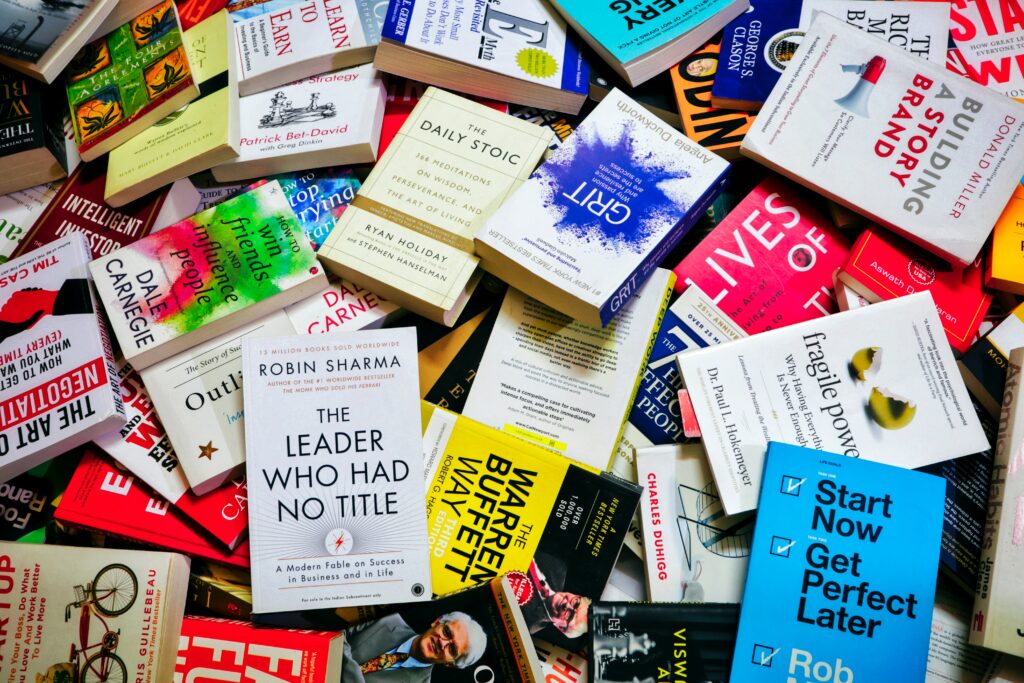
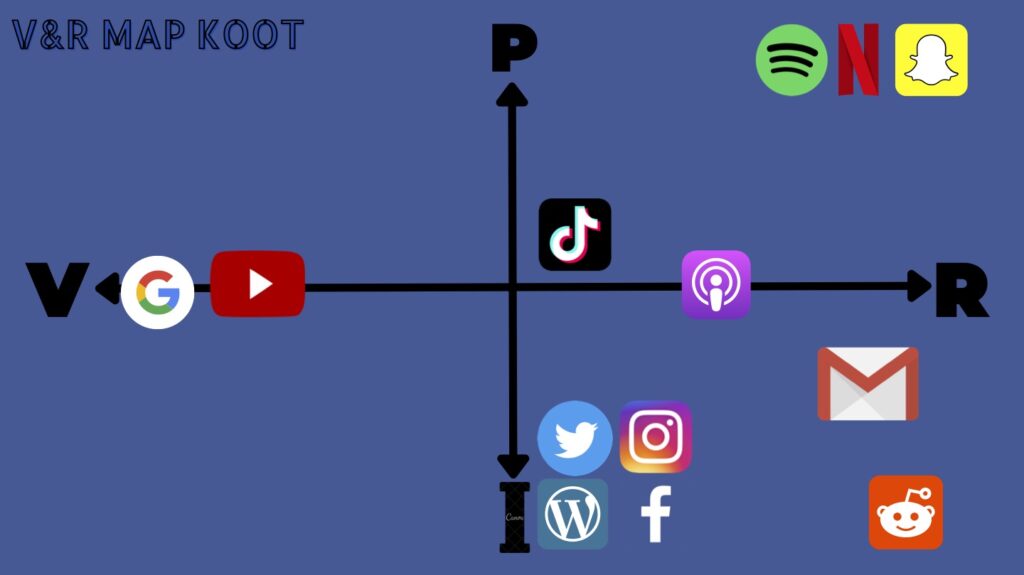

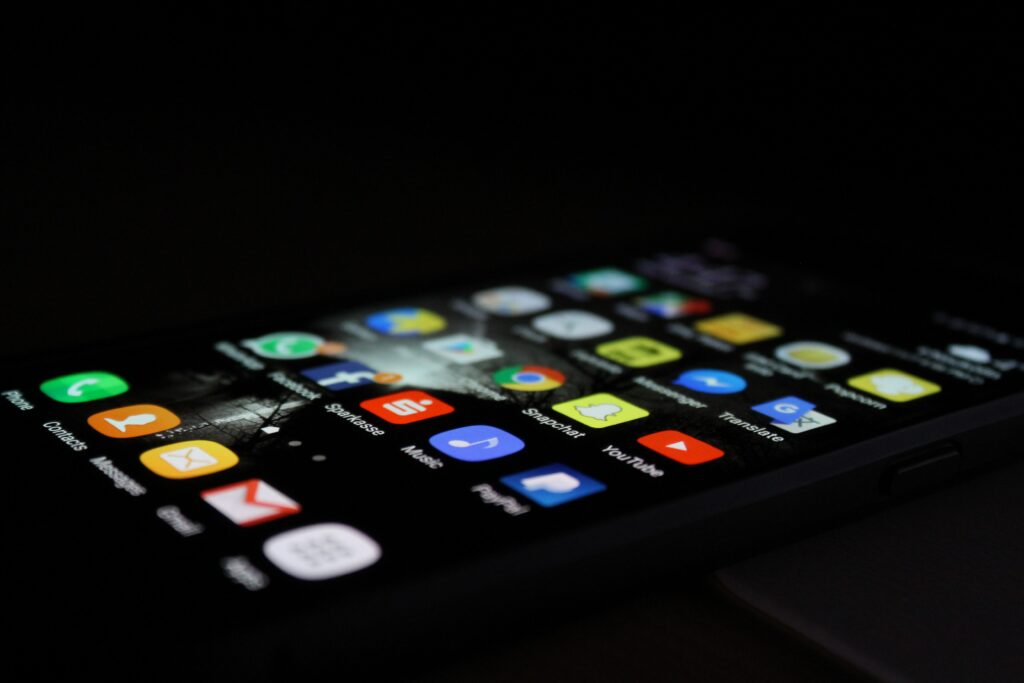

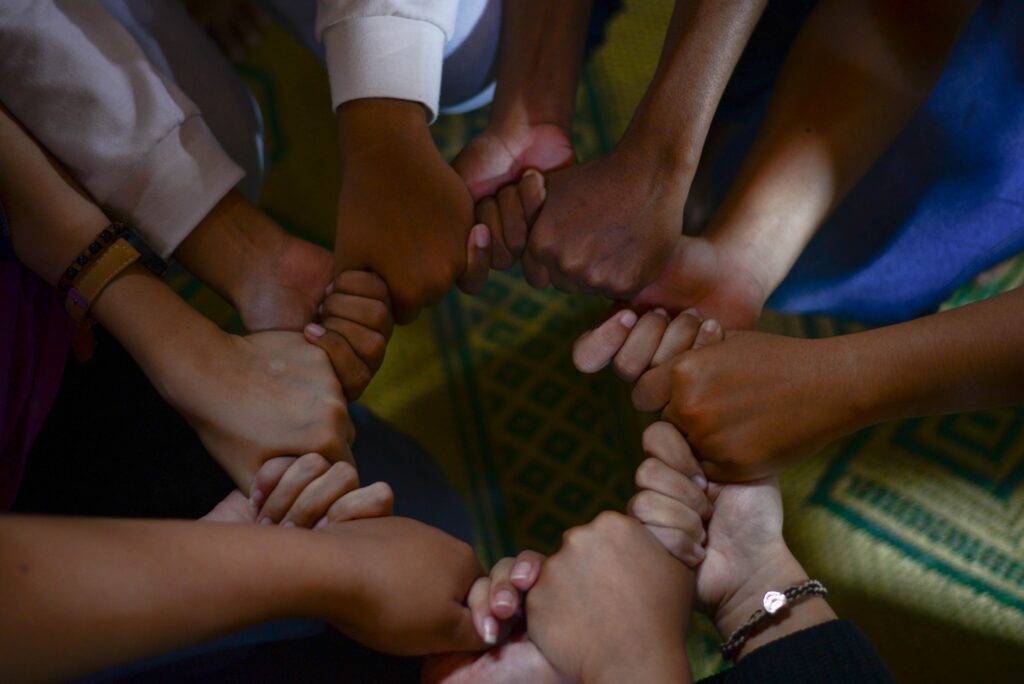
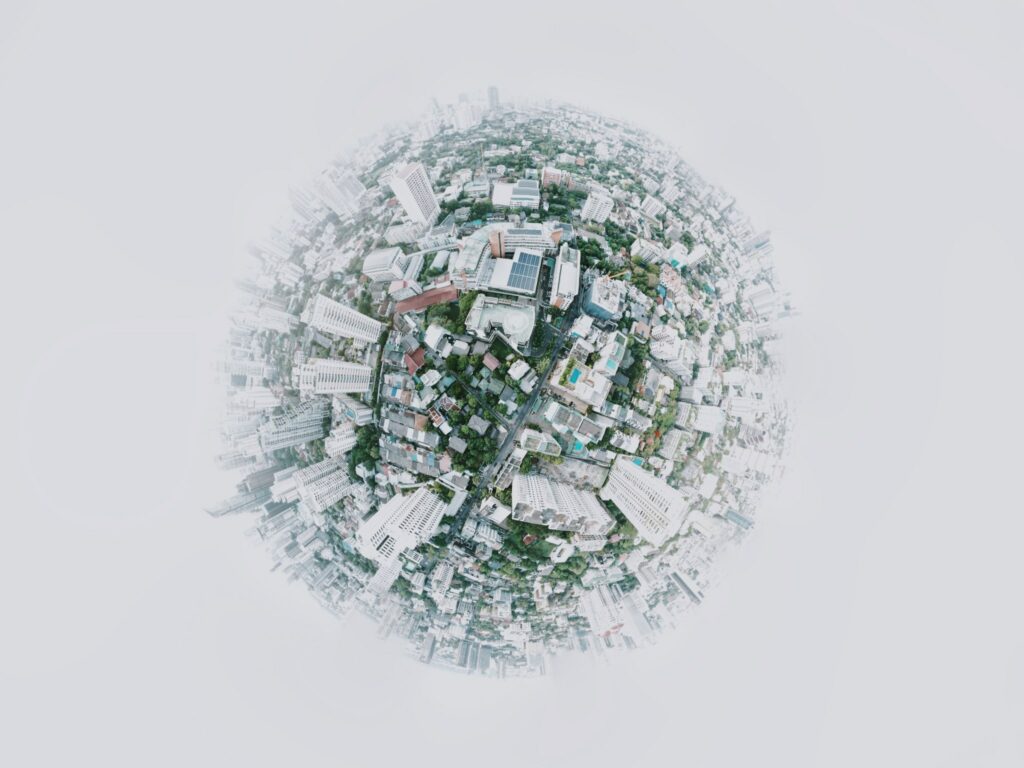


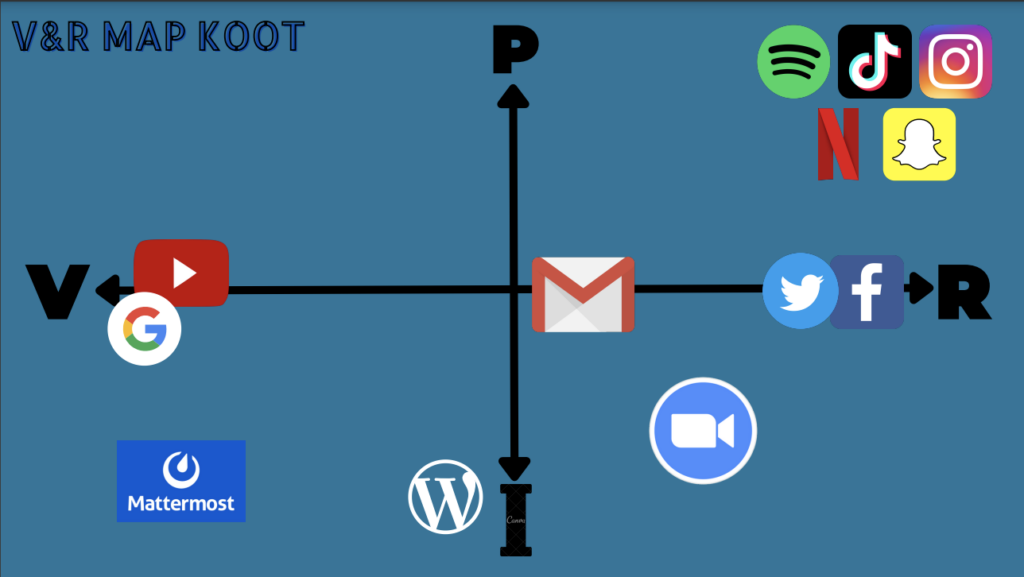
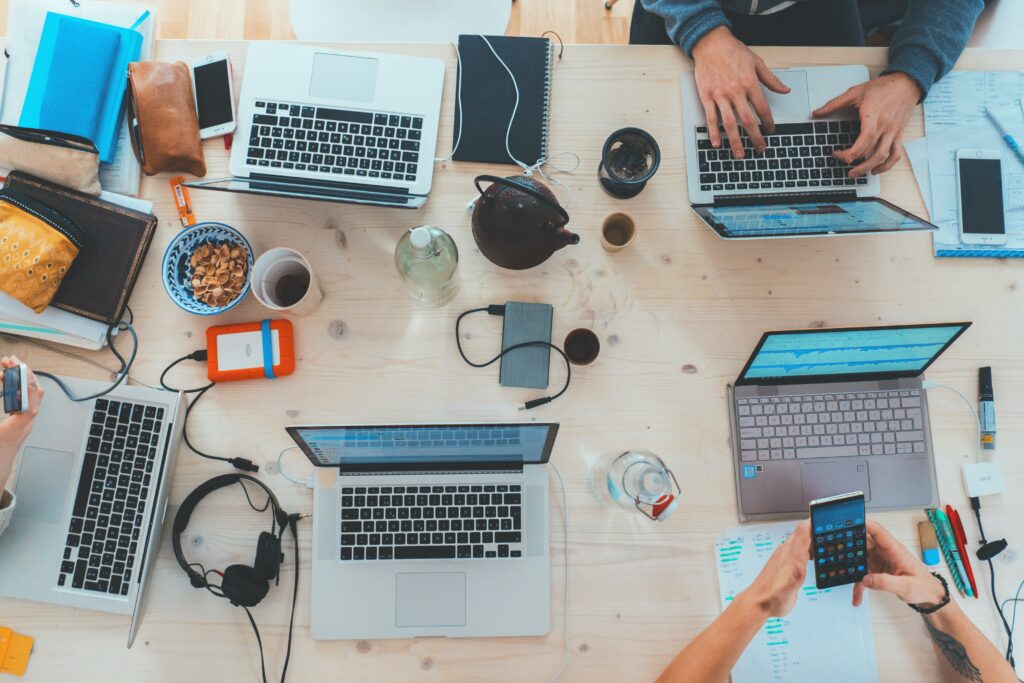
Recent Comments